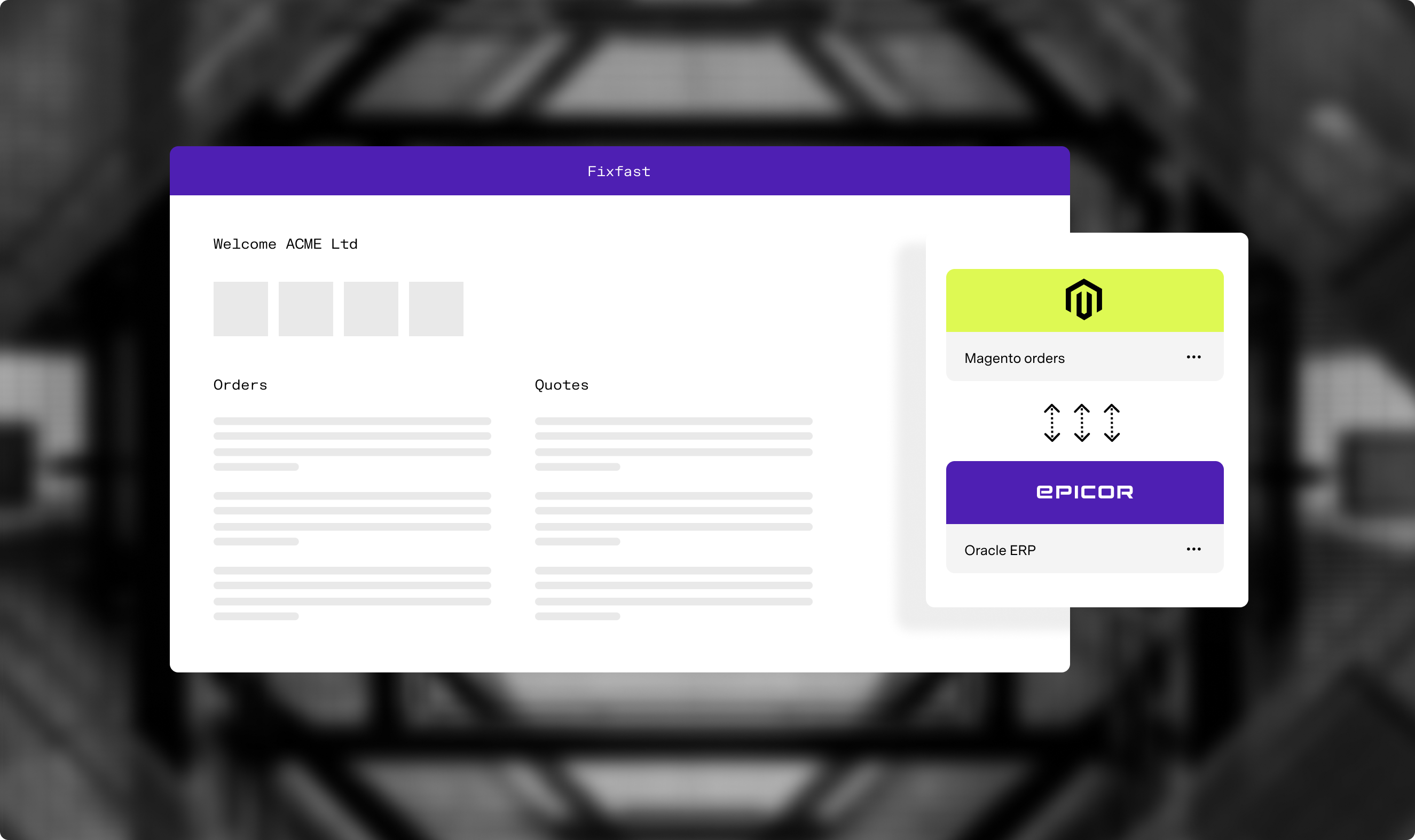Launching a new ecommerce website can be an exciting and rewarding endeavour for your brand. However, it also requires careful planning and execution to ensure a successful launch.
Partnering with Magento (Adobe Commerce), Shopify Plus and Big Commerce, brands come to us when they want bold strategies that put growth and preparation first. We’ve built some of the most complex ecommerce stores; from custom apps, deep technical integrations, and strategic consultancy - we have the breadth of talent in-house to build performant websites and trusted, lasting relationships with all our clients.
We work with brands to ensure that, during a website build project, they understand where their strategy is heading and how we'll get there - together. For that reason we are completely transparent in our approach.
In this blog, we will walk through some of the key steps to take when effectively launching an ecommerce website to set the stage for long-term success. From defining your goals to optimising your online store, let's dive into the essential elements of a successful ecommerce website launch - together.

Once our consultancy team had scoped out the Boodles project, we started to deliver the new site - handling design, Shopify consultancy, build and digital marketing.
Here are some key steps to factor in when launching an ecommerce website according to our experts:
Define your goals and target audience
Before you start diving into the website development process itself, finding an agency to work with and determining your budget, you must clearly define your goals and objectives. Identify what you want to achieve with your ecommerce website, whether it's driving sales, increasing brand awareness, expanding your customer base, or all of the above. Make sure you set specific goals as these will guide your decision-making process throughout the launch and beyond.
Find your audience
Whether starting from scratch or re-platforming, you must clarify the purpose of your website and identify your target audience. We suggest thoroughly researching your target market and competitors so that you can understand their needs, preferences, behaviours and expectations to tailor your website accordingly. Maybe your audience has changed overtime and your current site doesn’t suit them anymore or vice versa.
Plan your website structure and design
Another important step is to map out the structure and navigation of your ecommerce website, ensuring a user-friendly experience of course. Plan your product categories, subcategories, and menu organisation carefully; paying close attention to intuitive navigation, search functionality, and clear calls-to-action. Design a visually appealing and mobile-responsive website that reflects your brand identity and creates a seamless user experience.
Choose your platform
Selecting the right ecommerce platform is crucial for the success of your online store. Whether it be Shopify, WooCommerce, Magento, or BigCommerce, consider factors such as scalability, ease of use, customisation options, payment gateways, and integrations with other tools. We will always encourage our clients to choose a platform that aligns with their business requirements and growth plans.
Build and test your website
Prioritise thorough testing and quality assurance before you actually launch your ecommerce website. Testing key aspects such as your website's functionality, responsiveness, and cross-browser compatibility are essential. Remember to ensure a seamless user experience across different devices too, not just desktop.
SEO best practices
Optimise your website for search engines to increase organic traffic and visibility by performing keyword research and incorporate relevant keywords into your product pages, URLs, meta tags, and descriptions. By creating unique and engaging content that resonates with both search engines and your target audience you can better index your pages. Optimising your SEO before launch can reap enormous returns for your ecommerce site. With over ten years of experience in SEO, our digital marketing experts take a data-driven, strategic and global approach to understanding the strengths and weaknesses of a brands technical set-up prior to launch.
Set up analytics and tracking
Install web analytics tools like Google Analytics to track website traffic, user behaviour, conversions, and other important metrics. Set up goal tracking to measure the success of specific actions or campaigns. Find out more about our digital marketing services and how we can help you.
Implement necessary legal requirements
Ensure compliance with legal obligations, such as privacy policies, cookie consent, terms of service, and accessibility standards. Adapt to applicable regulations like GDPR or CCPA if required.
"Before launching your new website, it's always a good idea to run some performance tests. Tools like Google Lighthouse will give you a snapshot of various metrics, from how quickly your page loads across devices, crucial for conversion rate; to a layout shift score, which is important for User Experience (UX). This will also provide a greenlight for Core Web Vitals to show your website meets Google's criteria for modern website standards and signify it will be well liked by search engine crawlers."
Lead Frontend Developer - Unified
Deploy and promote your website
If you are satisfied with the testing, deploy your website on your chosen hosting provider. Craft a comprehensive marketing strategy to generate buzz around your new website launch. Leverage various channels, such as social media, email marketing, influencer collaborations, and paid advertising campaigns. Develop captivating content, share sneak peeks, run contests, and offer exclusive promotions to create excitement and attract potential customers.
Monitor and optimise
Once live, continuously monitor website performance, user engagement, and conversions. Use analytics data to identify areas for improvement, make data-driven decisions, and optimise your website over time. You will need to update and maintain your website by adding fresh content, optimising SEO, and addressing user feedback to ensure its continued success.
"Before we launch any client websites, we make sure to perform thorough testing across different devices, browsers, and screen sizes to ensure their website functions flawlessly. We will always conduct user acceptance testing (UAT) to gather feedback and make any necessary adjustments."
Lead Magento Developer - Unified

We quickly resolved a swathe of lingering issues on FixFast's website, and improved website speed across the board, but also started to kick-off longer term planning with key team members. This multi-faceted approach allowed us to earn trust and buy-in for some really exciting website improvements over the coming months and years together.
We will join forces with you to form one efficient, unified website delivery team. Using tried and tested processes honed over hundreds of successful website launch projects, we take the lead and provide whatever delivery support you need at every project stage.
Are you happy with the ecommerce systems and platforms you have in place? Will they achieve what you're trying to do one, maybe two, years from now? Do you need a consultancy to take a more comprehensive look at which systems are best to use and how to successfully launch?
We're here to help. Get in touch!

I specialise in HTML, CSS, and jQuery, with a focus on delivering clean, user-friendly digital experiences. I’m passionate about writing well-structured, maintainable code and creating websites that perform seamlessly across devices




